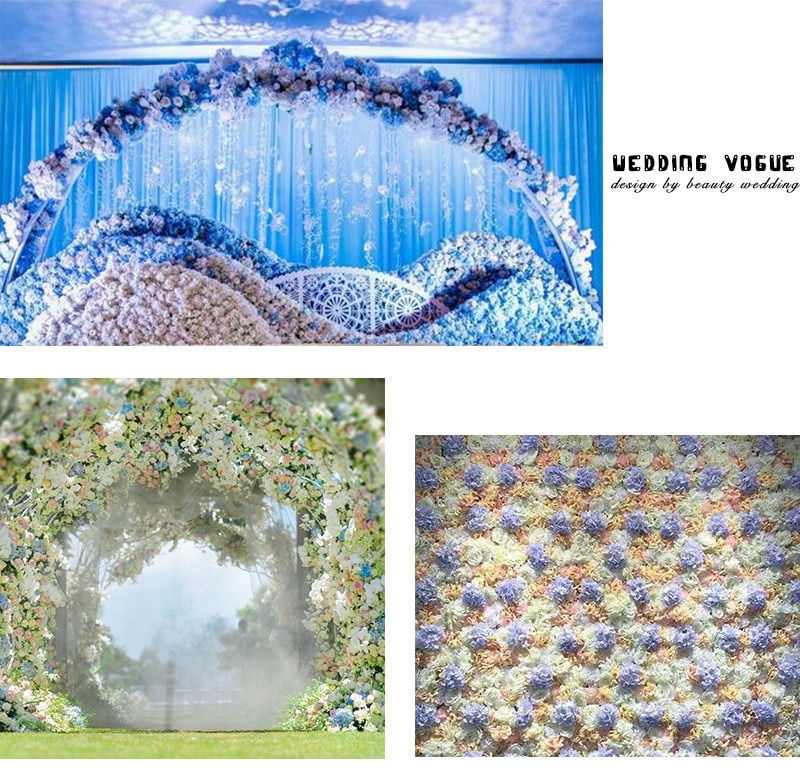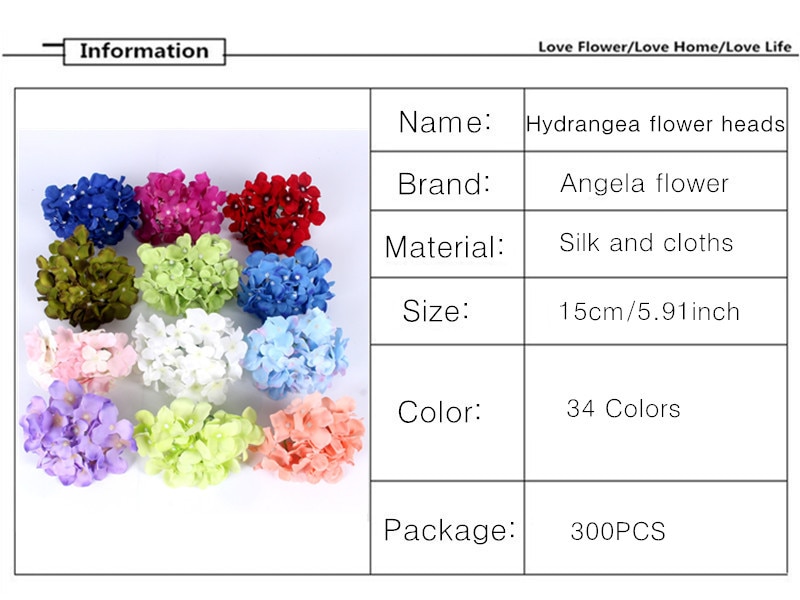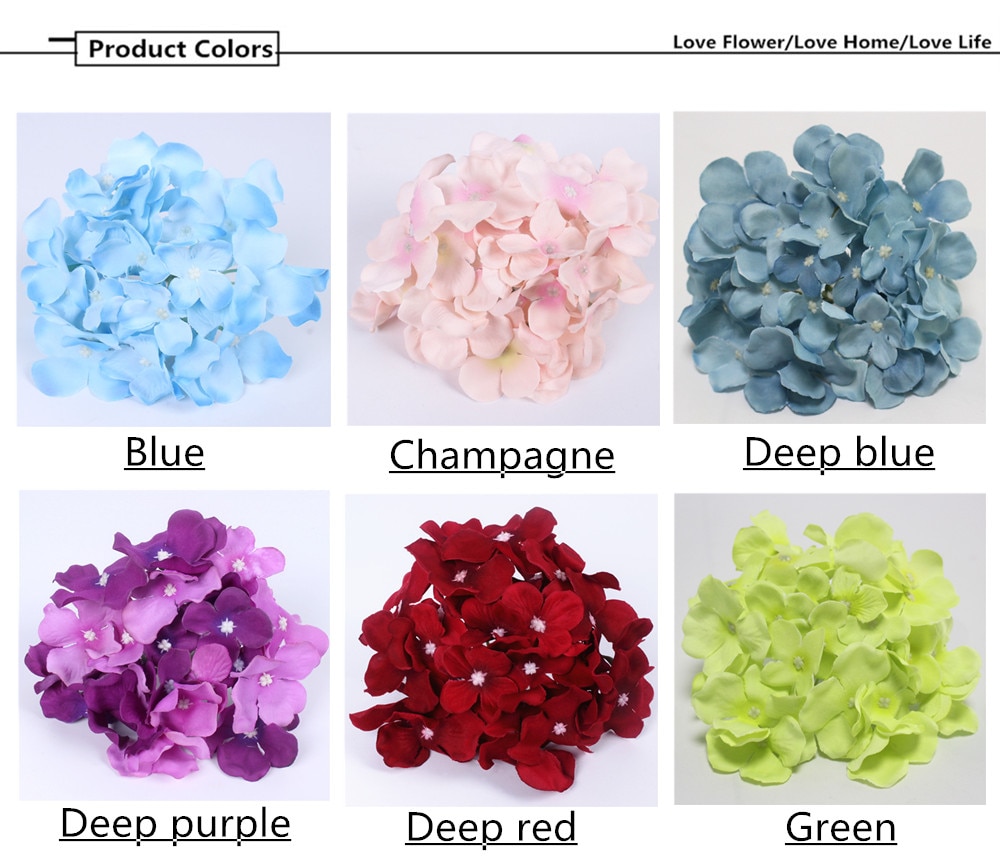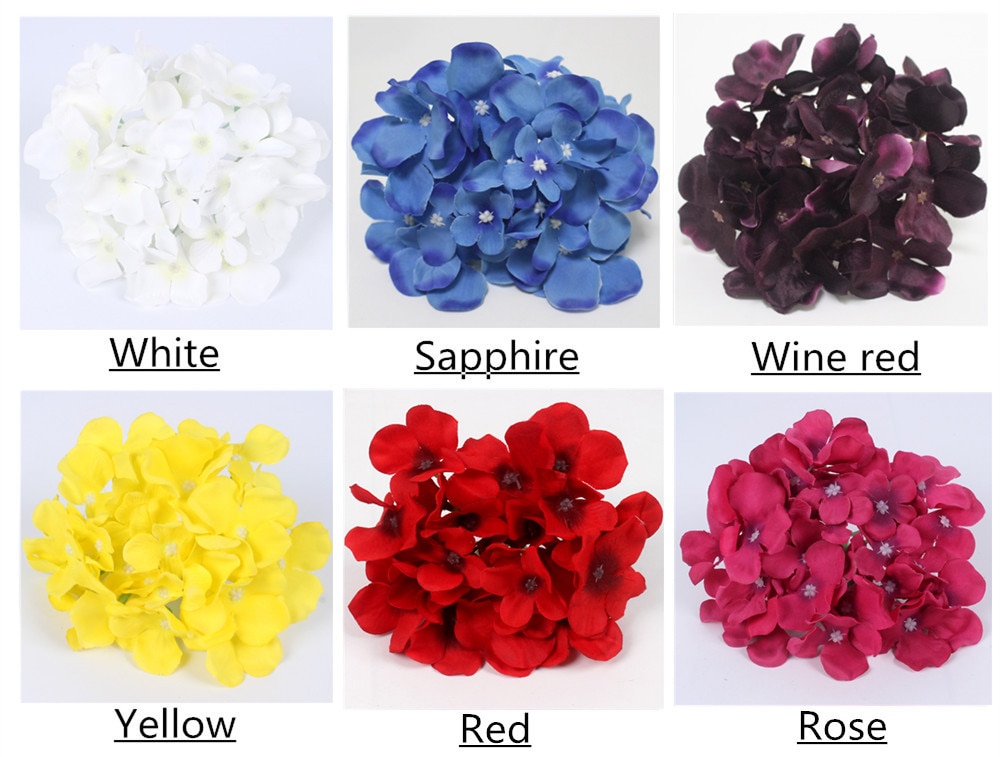how to make artificial plants for aquarium?
To make artificial plants for an aquarium, you can start by gathering materials such as plastic or silk plants, aquarium-safe adhesive, and a weighted base. Trim the plants to the desired length and shape, ensuring they are suitable for the size of your aquarium. Attach the plants to the weighted base using the adhesive, making sure they are securely attached. Allow the adhesive to dry completely before placing the artificial plants in the aquarium. It is important to choose materials that are safe for aquarium use to avoid any harm to the fish or the water quality.
1、 Materials and Tools Needed for Making Artificial Aquarium Plants
Materials and Tools Needed for Making Artificial Aquarium Plants:
1. Silk or plastic plants: Choose high-quality silk or plastic plants that are safe for aquarium use. These plants should mimic the appearance of real aquatic plants and be non-toxic to fish.
2. Plant bases: You will need bases to anchor the artificial plants in the aquarium. These can be made of weighted materials such as rocks, clay, or lead strips. Ensure that the bases are heavy enough to keep the plants in place.
3. Wire or fishing line: Use wire or fishing line to attach the plants to the bases securely. This will prevent them from floating or moving around in the aquarium.
4. Scissors or wire cutters: These tools will be necessary for cutting and shaping the plants to your desired length and appearance.
5. Aquarium-safe adhesive: If needed, use an aquarium-safe adhesive to attach the plants to the bases or to secure any loose parts.
6. Optional: Dyes or paints: If you want to add color variations to your artificial plants, you can use aquarium-safe dyes or paints. Ensure that these are non-toxic and will not harm your fish.
When making artificial plants for your aquarium, it is important to consider the needs and preferences of your fish. Research the types of plants that are suitable for your specific aquarium setup and try to mimic their appearance as closely as possible. Additionally, regularly clean and maintain the artificial plants to prevent the buildup of algae or debris.
It is worth noting that while artificial plants can provide aesthetic appeal and require less maintenance than live plants, they do not offer the same benefits to the aquarium ecosystem. Live plants help to oxygenate the water, absorb excess nutrients, and provide hiding places for fish. Therefore, it is recommended to have a balance of both live and artificial plants in your aquarium for the overall health and well-being of your fish.

2、 Step-by-Step Guide to Creating Artificial Plants for Aquariums
Step-by-Step Guide to Creating Artificial Plants for Aquariums
Creating artificial plants for your aquarium can be a fun and rewarding project. Not only do they add a touch of beauty to your underwater world, but they also provide hiding spots and shelter for your fish. Here is a step-by-step guide to help you create your own artificial plants for your aquarium.
1. Gather Materials: Start by gathering the necessary materials. You will need silk or plastic plants, aquarium-safe glue, scissors, and a weighted base.
2. Choose the Right Plants: Select plants that are suitable for your aquarium. Consider the size of your tank, the type of fish you have, and the overall aesthetic you want to achieve. It's important to choose plants that are safe for your fish and won't harm them.
3. Trim and Shape: Use scissors to trim and shape the plants to your desired size and shape. You can create different heights and textures to add variety to your aquarium.
4. Attach to Weighted Base: Apply aquarium-safe glue to the base of the plant and attach it to a weighted base. This will ensure that the plant stays in place and doesn't float around in the water.
5. Arrange in the Aquarium: Once the glue has dried, carefully place the artificial plants in your aquarium. Consider the placement and spacing to create a natural and visually appealing look.
6. Maintenance: Artificial plants require minimal maintenance compared to live plants. However, it's important to clean them regularly to prevent algae growth and maintain their appearance. Simply remove them from the tank and rinse them with warm water.
Creating artificial plants for your aquarium allows you to customize the look and feel of your underwater world. It also provides a safe and low-maintenance option for those who may not have a green thumb or prefer not to deal with live plants. With a little creativity and the right materials, you can create a beautiful and vibrant aquatic environment for your fish to enjoy.

3、 Choosing the Right Materials for Realistic Artificial Aquarium Plants
Choosing the Right Materials for Realistic Artificial Aquarium Plants
Artificial plants can be a great addition to any aquarium, providing a natural and vibrant look without the need for constant maintenance. When it comes to creating artificial plants for your aquarium, it is important to choose the right materials to ensure a realistic and safe environment for your fish.
One of the most important factors to consider when selecting materials for artificial aquarium plants is their durability and safety. It is crucial to choose materials that are non-toxic and will not leach harmful chemicals into the water. Look for materials such as silk, plastic, or latex, which are commonly used in the manufacturing of artificial plants for aquariums.
Silk plants are a popular choice as they provide a realistic look and feel. They have a soft texture and move naturally in the water, mimicking the movement of real plants. Plastic plants, on the other hand, are more affordable and come in a wide variety of shapes and sizes. They can be easily cleaned and are generally more durable than silk plants.
When selecting artificial plants, consider the specific needs of your aquarium inhabitants. Some fish species prefer plants with broad leaves for hiding or spawning, while others may prefer plants with fine, delicate foliage. Research the natural habitat of your fish to determine the most suitable types of plants for your aquarium.
Additionally, consider the overall aesthetic of your aquarium. Choose plants that complement the colors and theme of your tank. Mixing different types of plants can create a more natural and visually appealing environment.
In conclusion, when making artificial plants for your aquarium, it is important to choose materials that are safe, durable, and realistic. Consider the needs of your fish and the overall aesthetic of your tank to create a beautiful and natural-looking underwater habitat.

4、 Tips for Properly Installing and Maintaining Artificial Plants in Aquariums
Tips for Properly Installing and Maintaining Artificial Plants in Aquariums
Artificial plants can be a great addition to any aquarium, providing a natural and vibrant look without the need for constant care. Here are some tips to help you properly install and maintain artificial plants in your aquarium:
1. Choose high-quality artificial plants: Look for plants made from non-toxic materials that are specifically designed for aquarium use. High-quality plants will have realistic colors and textures, enhancing the overall aesthetic of your tank.
2. Clean the plants before installation: Rinse the plants thoroughly to remove any dust or debris that may have accumulated during packaging. This will help prevent any unwanted particles from entering your aquarium.
3. Arrange the plants strategically: Consider the natural habitat of the fish in your tank and arrange the plants accordingly. Create hiding spots and areas for fish to explore, mimicking their natural environment.
4. Secure the plants properly: Use aquarium-safe weights or suction cups to anchor the plants in place. This will prevent them from floating or shifting around, maintaining a natural appearance.
5. Regularly clean the plants: Over time, artificial plants can accumulate algae or debris. Gently remove the plants from the tank and clean them with a soft brush or sponge. Avoid using any harsh chemicals that may damage the plants or harm your fish.
6. Rotate the plants: To prevent excessive wear and tear on specific areas of the plants, periodically rotate them. This will ensure that all parts of the plant receive equal exposure to light and water flow.
7. Replace damaged plants: If any artificial plants become damaged or start to deteriorate, it's important to replace them promptly. Damaged plants can release harmful substances into the water, affecting the health of your fish.
In recent years, there has been a growing trend towards using live plants in aquariums due to their numerous benefits. Live plants provide oxygen, absorb nitrates, and create a more natural and balanced ecosystem. However, artificial plants still have their advantages, especially for beginners or those with low-light tanks. They require less maintenance, are more durable, and do not require specific water parameters or fertilizers.
In conclusion, properly installing and maintaining artificial plants in your aquarium can enhance the visual appeal of your tank while providing a safe and comfortable environment for your fish. By following these tips, you can enjoy the beauty of artificial plants without the need for constant care.








































Leave your comment